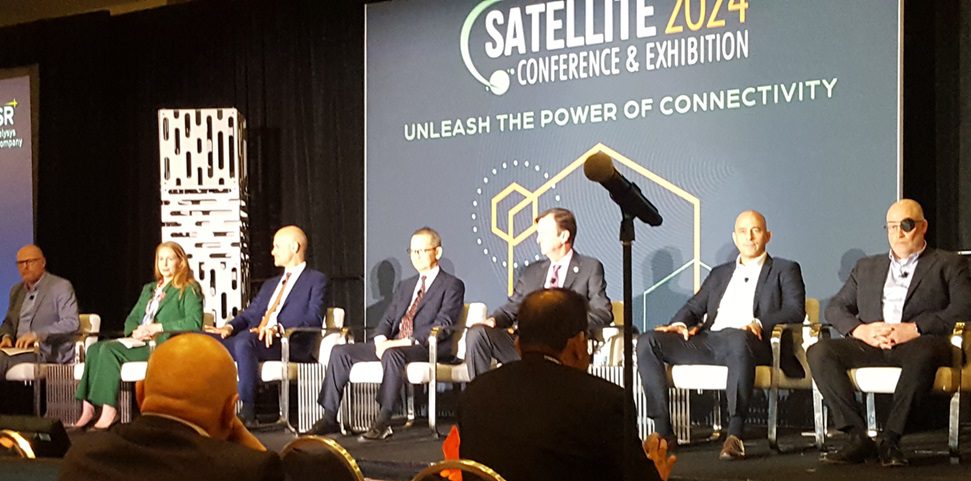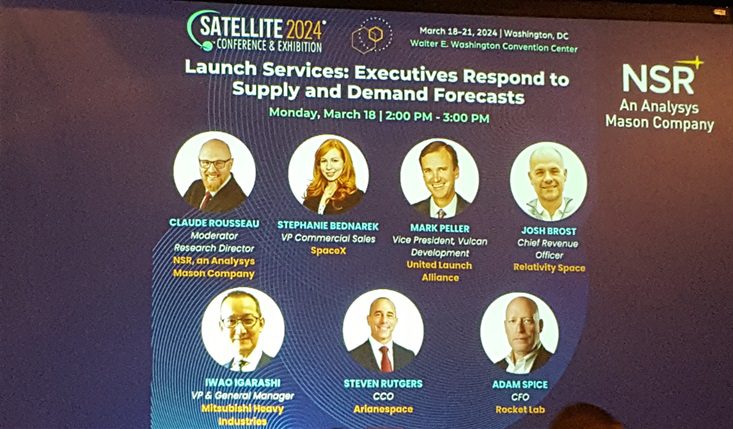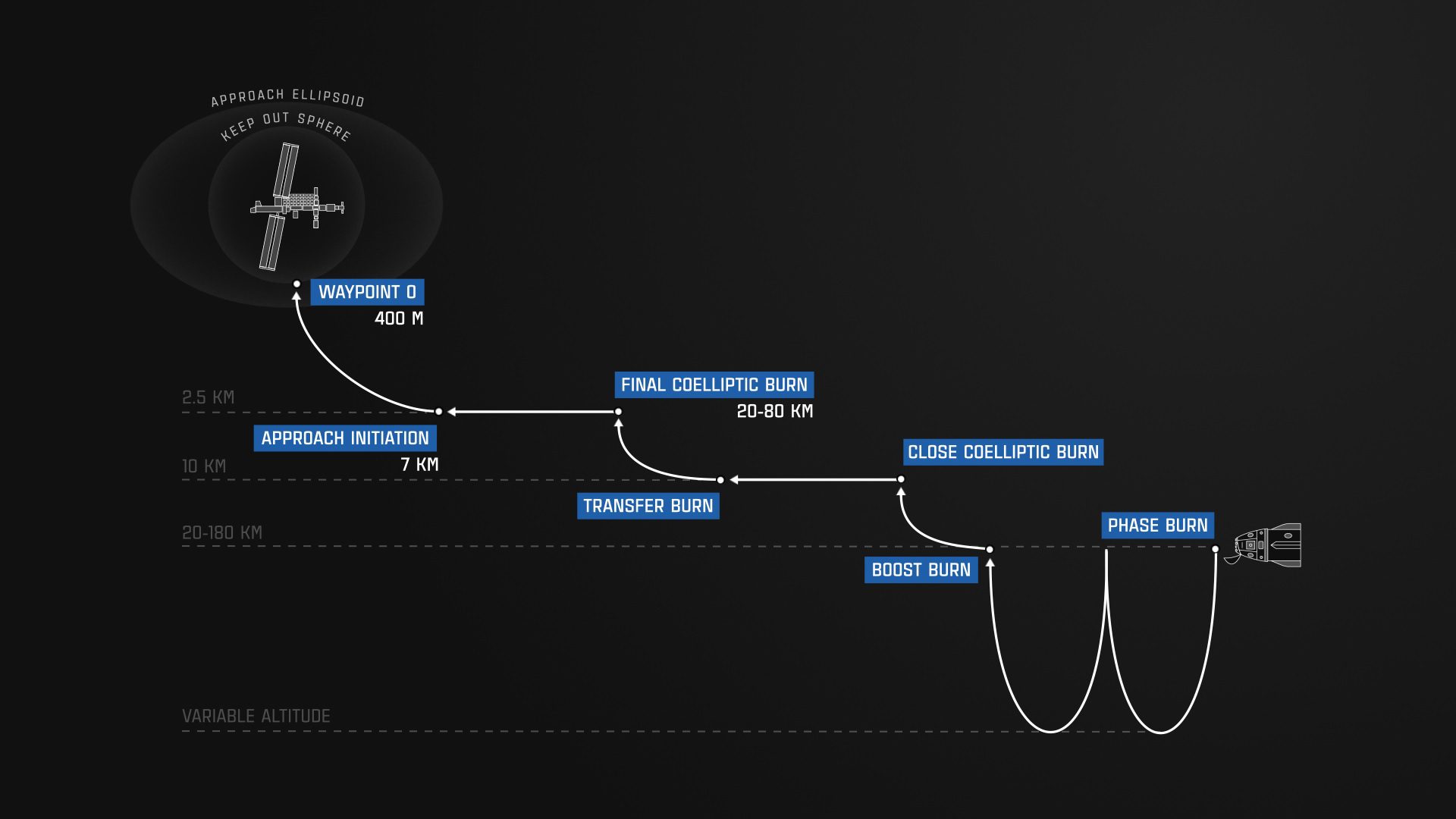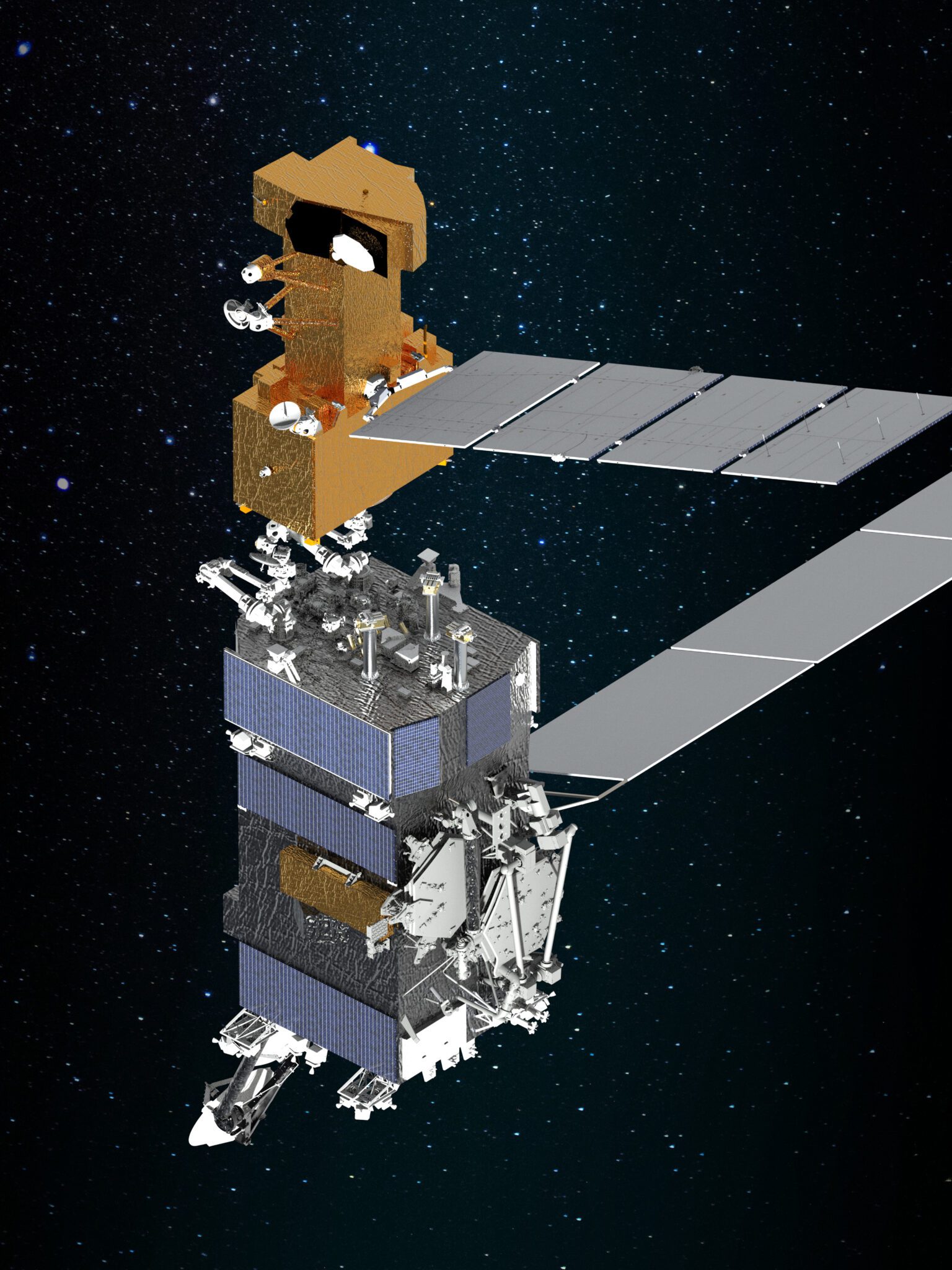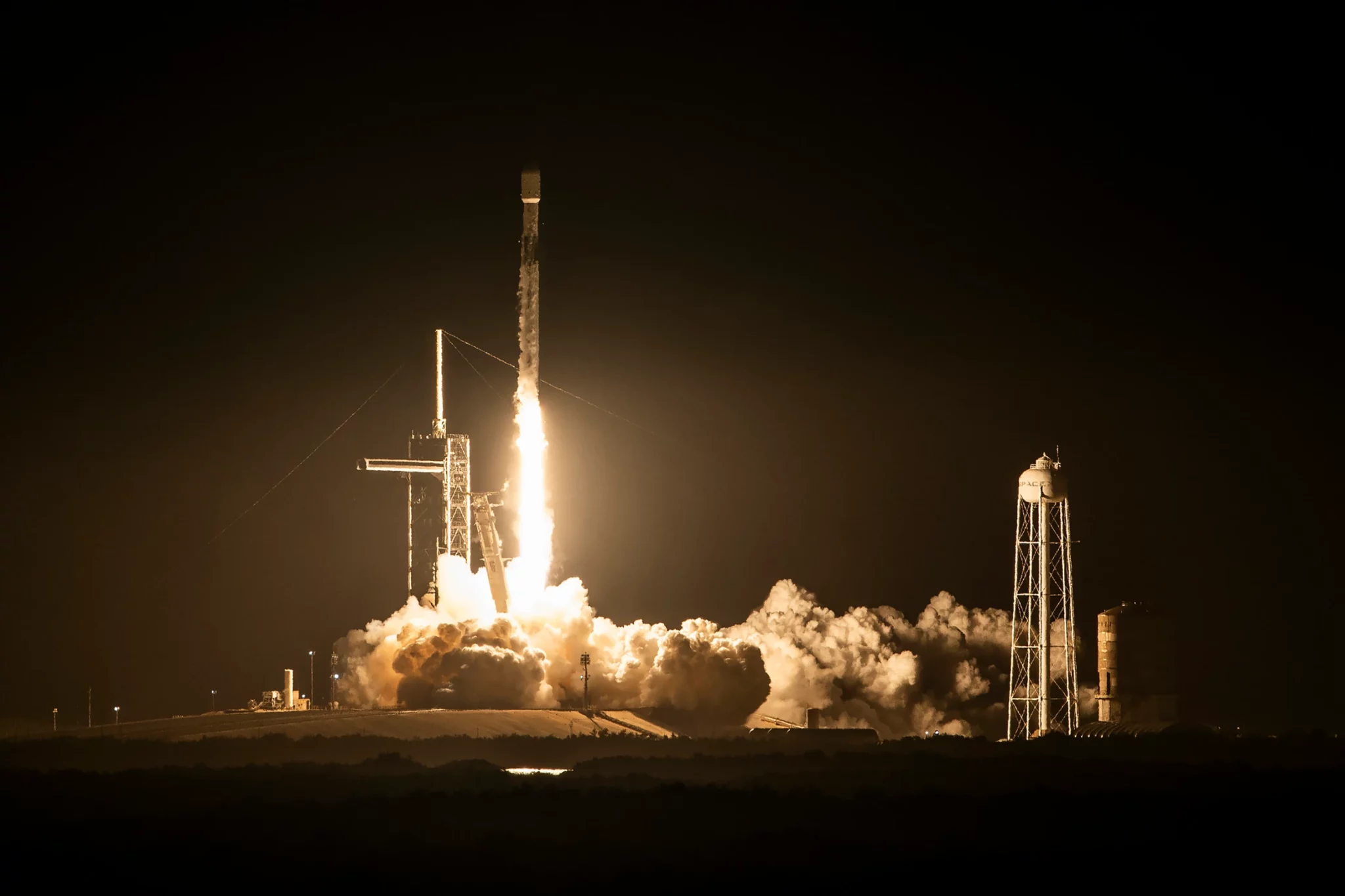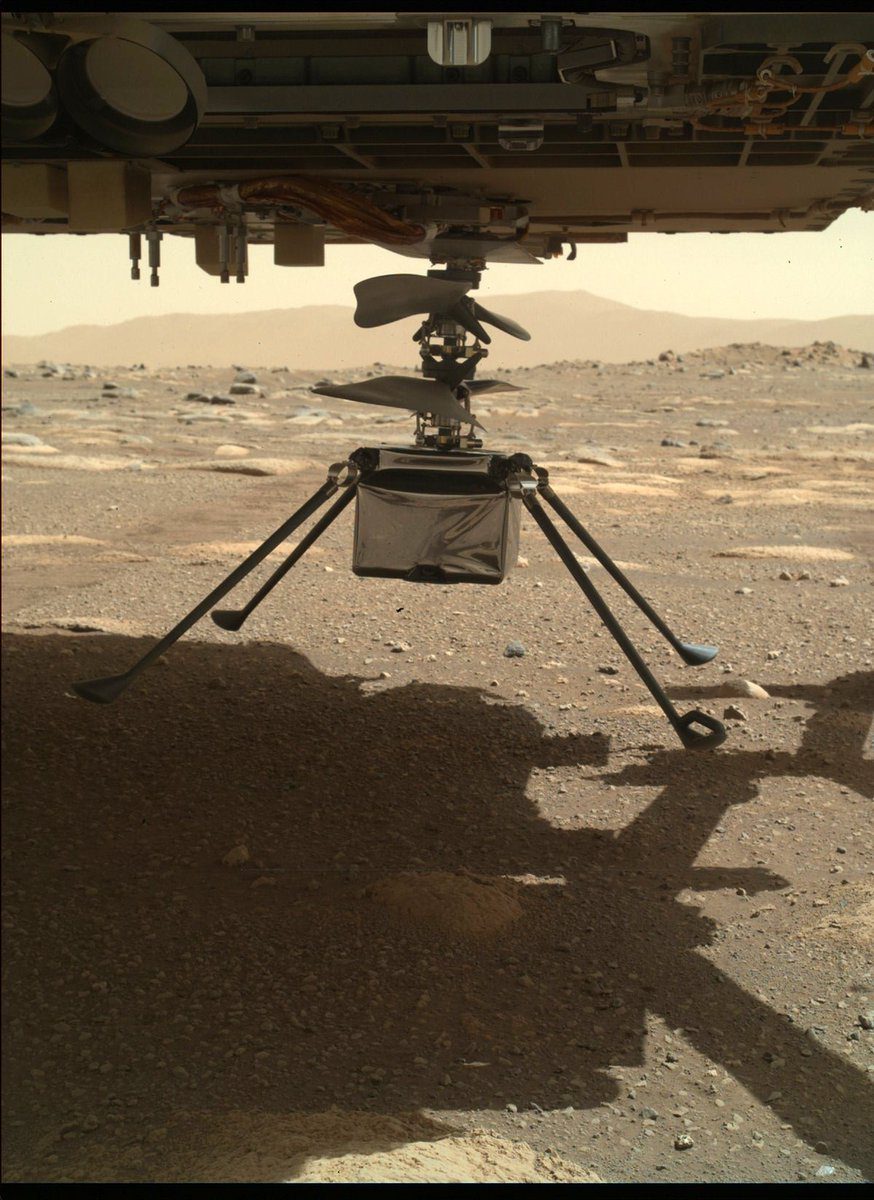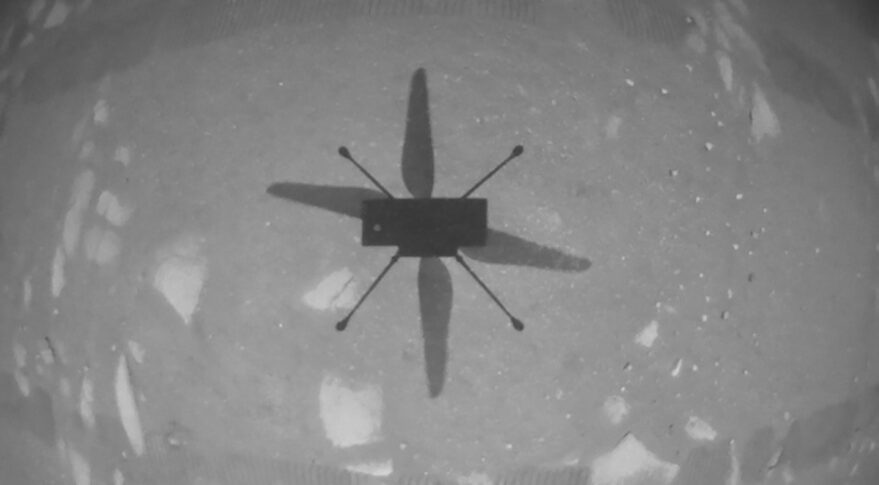This video shows Norman Augustine’s remarks at the 22 October 2009 US human spaceflight review final report publication press conference
These few weeks since the US review of human space flight report (overseen by Norman Augustine above) was published have seen commercial’s future at NASA just get brighter and brighter, what with a new advisory committee and some shiny comments made by the agency’s administrator Charles Bolden – backed up by remarks from his officials on deep background apparently
One wonders how these advisory committees could inform the process for developing the new spaceflight vision that Bolden is charged with giving Obama, at a meeting before year’s end or by February 2010 according to this report and this report?
Will these committees engage with the flexible path option that has been getting some good press of late? And what can really be done along that path? To date there has been near Earth objects and Lagrange orbit talk and then Moon and Mars gets a mention – but where is the money coming from for any of these destinations?
Its something to consider if flexible path really is the new way forward because its appearences in the media are not from off the cuff remarks. This report shows that internally NASA has been thinking a lot about what it wants to do, and it started long before it got the final Augustine report
Now, do remember that flexible path, aka option five, is listed by Augustine under the “less constrained budget” and requires an extra $3 billion over the FY2010 budget – a $3 billion figure that has added to it the caveat that it is an increase “in real purchasing power”
So can that real purchasing power increase be achieved? President George Bush had for much of his second term a Congress controlled by his own party, the Republican party, and a Moon return vision that was cash hungry. But NASA’s budget increased by just $1.15 billion, from $16.62 billion to $17.78 billion, from 2006 to 2009 inclusive
Those figures are based on the previous year’s annual figure given in each of the budget requests. I don’t believe they are 100% accurate but here a billion, there a billion, its close enough when talking about how likely a less constrained budget is
So now we see that Augustine is talking about an increase more than double that Bush era figure and that does not even include the inflationary factors that will need to be added for that real purchasing power
But even if that increase can be achieved, can it all be spent on exploration? NASA has other costs on the horizon. Space Shuttle programme final mission slippage into FY2011, perhaps? Then there is the likes of the Orbiting Carbon Observatory (OCO). With this President’s green credentials does anyone think that OCO won’t get revived and launched again? The February launch failure report on that was published in July
Leaving cynicism behind and declaring “yes we can” what could be achieved with a proper budget increase on this flexible path? When one looks closely at the Augustine report what it actually says about the timing of this flexible path is that “All variants of Option 5 begin exploration along the flexible path in the early 2020s”. Twenty twenties!
This is because all the flexible path options use heavy lift and the cost of that means exploration begins in the 2020s whether that heavy lift is EELV, Ares lite or Shuttle derived. Interestingly the committee endorses Ares V lite for dual launch missions. Two Orions, each launched by a Ares V lite, to L1 anyone?
Whichever is chosen this inspirational flexible path won’t show results until the second term of Obama’s successor assuming Obama gets two terms?! What happened to programmes surviving a change of administrations? Oh, yes that didn’t work the first time
So could that flexible path’s stepping stones be reached more quickly? Hyperbola would like to know, could commercial providers deliver a beyond LEO mission spacecraft to LEO using elements launched by multiple rockets in a short timeframe? Thus avoiding heavy lift and the 2020s time line. Now there’s a cententnial challenge
Otherwise if you want to show people how the money is being spent with demonstrable results NASA might want to back the likes of International Lunar Network – Hyperbola hears its schedule is slipping to the right big time – otherwise expect the next administration (2014 or 2018?) to take a potentially harsh decision about Bolden’s heavy lift vehicle – for which costing work is already underway


